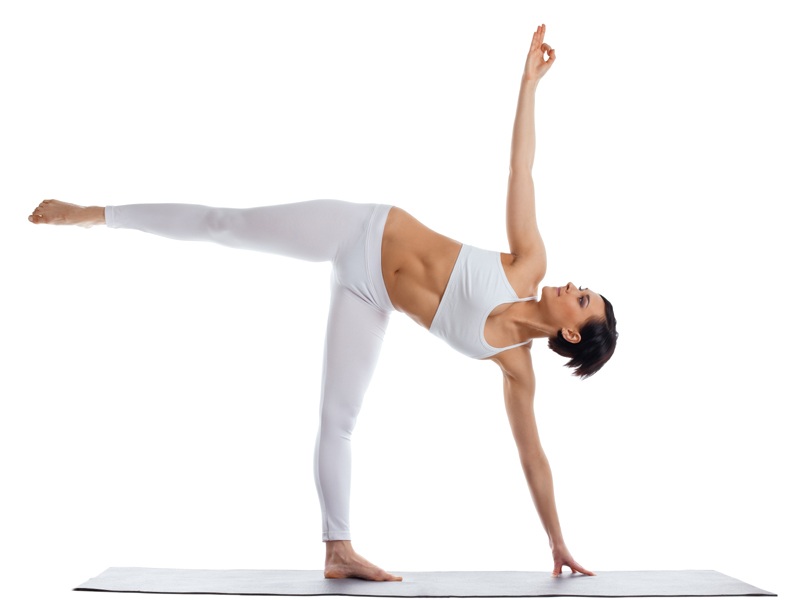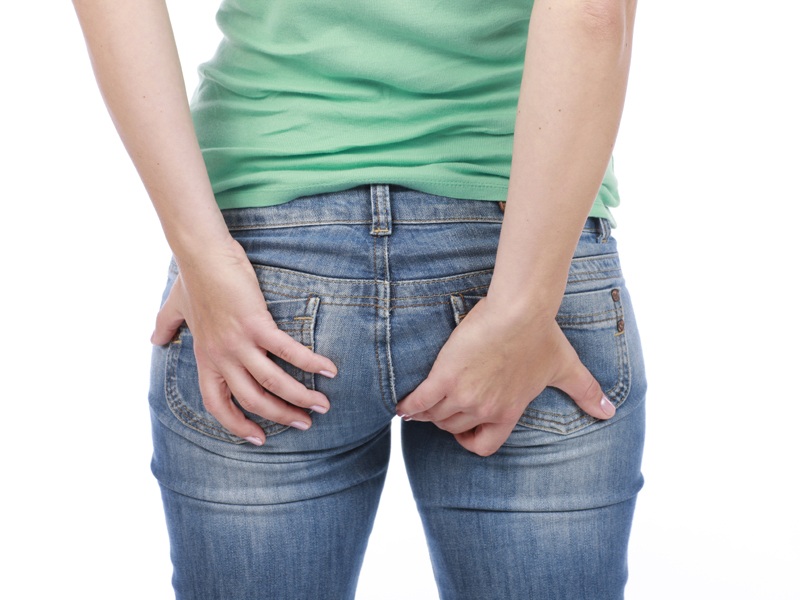Principles of Iyengar Yoga Asanas And Their Benefits
The founder of Iyengar Yoga is Yogacharya Bellur Krishnamachar Sundararaja Iyengar. He trained his pupil under his own style of yoga during the 20th century. The yoga is a form of Hatha yoga, which involves use of props. The yoga is also based on the concept of “eight limbs” of Ashtanga yoga. It aims the bring into unison the body, mind and soul. Especially in the modern life, Iyengar Yoga helps is driving stress away and enable better well-being. This article sheds light on the various BKS Iyengar postures and how to perform them.

BKS Iyengar has systematised more than 200 yoga postures or asanas and also 14 different types of Pranayamas (breath control methods). The asanas and pranayamas are taught in many variations. They may be very simple or extremely difficult. Hence is makes it easier for even a beginner to navigate through these techniques with much ease so that the body mind and soul become flexible sensitive and strong. The fundamental rule of this form of Yoga is that, one must be extremely precise and accurate in their movements. It is a very rigorous and stringent process where there is no room for error.
Practicing Yoga The Iyengar Way:
The emphasis is on maintaining the correct body posture and alignment, which would be anatomically correct. This ensures that the student does not suffer any injury or pain. Many props are used in this yoga to facilitate the person to attain the correct positions of the asanas. The commonly used props are chairs, wooden blocks, straps, belts and blankets. The props are used so that the person can move through all the postures in an asana with much ease. The props benefit a person by applying less stress on the muscles. It aids in precision and alignment. Using props not only reduces chances of injury, but also helps recover from injuries also much faster.
























